iOS 15.7.5, iPadOS 15.7.5, macOS Monterey 12.6.5 and macOS Big Sur 11.7.6 fix a dangerous vulnerability that Apple says may have been exploited in the wild.
Apple patches a dangerous vulnerability on older iPhones, iPads and Macs
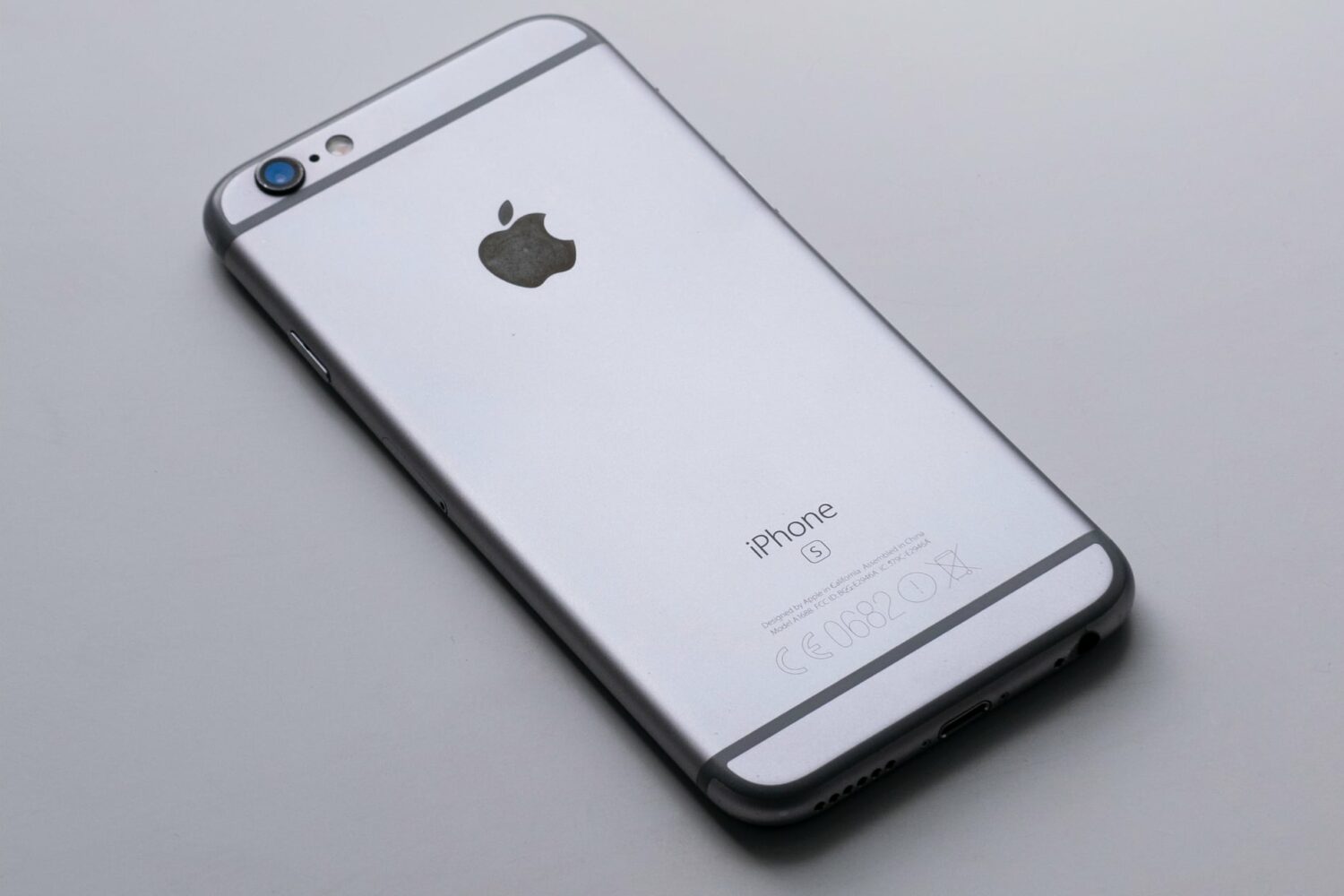

iOS 15.7.5, iPadOS 15.7.5, macOS Monterey 12.6.5 and macOS Big Sur 11.7.6 fix a dangerous vulnerability that Apple says may have been exploited in the wild.
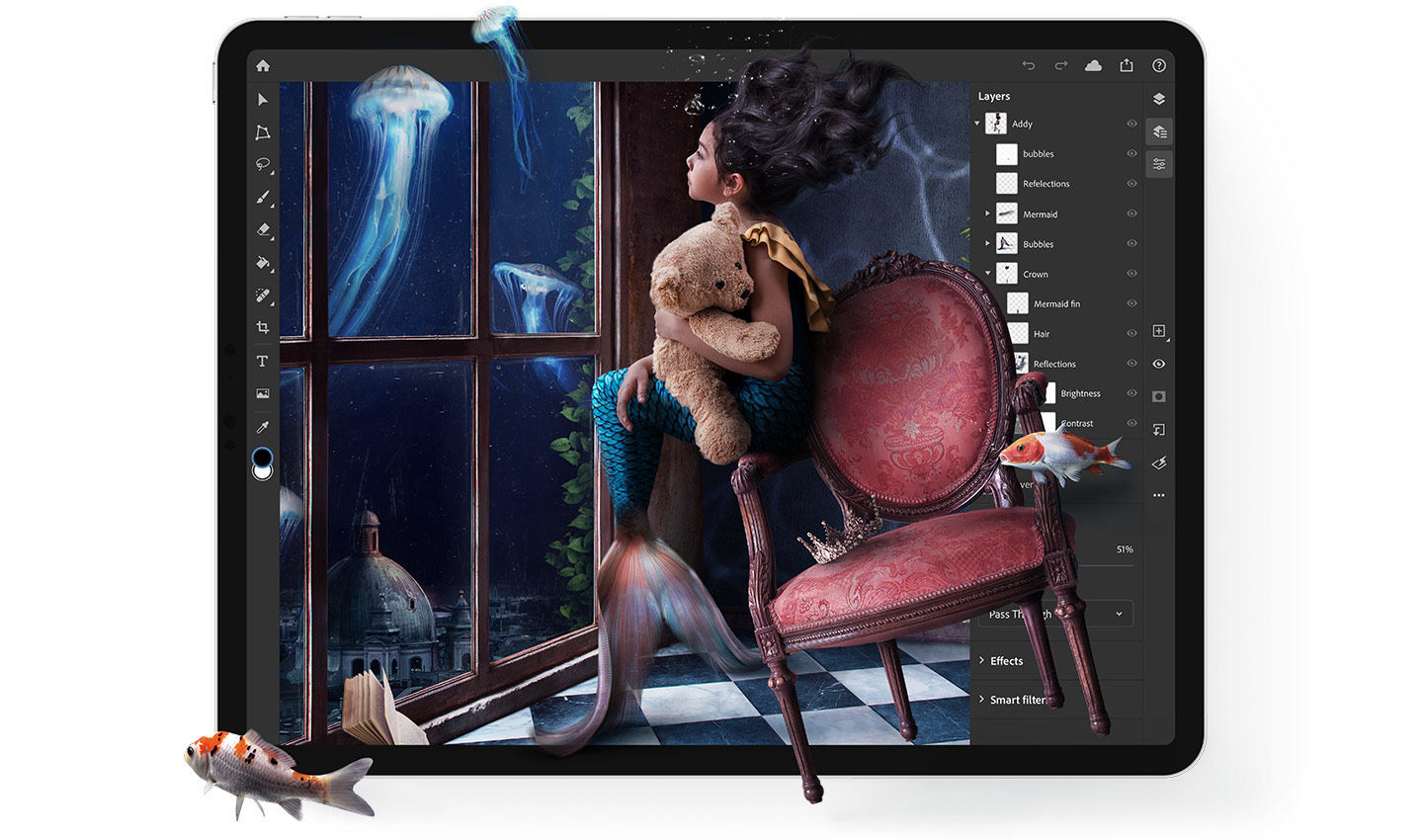
It's been a year since Adobe first previewed a version of Photoshop running on an iPad at its Adobe MAX conference in Los Angeles, with a promise to release the app sometime in 2019. Now the software is available for download from the App Store. It's a free download, though unlocking and using it requires an active Creative Cloud subscription.
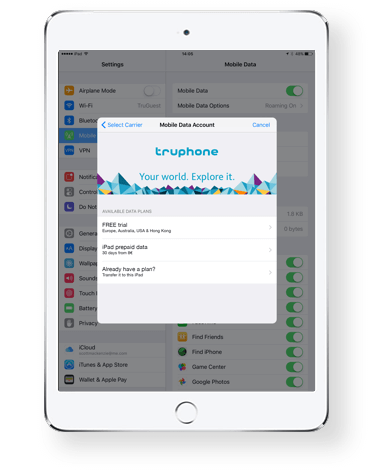
Truphone announced today that its Apple SIM data plans for cellular iPads are now officially available in Ireland and Portugal following last week's launch in Australia and the Netherlands.
The service is also available in Hong Kong, Poland, Spain and the United Kingdom, with an additional 31 countries to follow by the end of 2017.
These plans let iPad owners instantly get online and stay connected via the Truphone network at home and while traveling in 40 countries without international roaming charges.
Truphone is giving customers 100MB of data for free, with a try before you buy offer making it easy for customers to get 4G data directly on their iPad with no obligation to purchase.
To sign up for the service, just tap Settings > Mobile Data > Set Up Mobile Data, select Truphone as your provider and choose a data bucket you need for a month. You can buy more data at any time with a valid Visa or MasterCard in 40 countries.
Two new features are now available, too:
Auto Renew: Automatically purchase a new data plan when the current one expires or is consumed for uninterrupted 4G connectivity, with built-in overspend protection. Top Up Anytime: The freedom to add more data anytime, anywhere without having to wait for your plan to expire. Create an easily-managed queue of data plans to make sure you never run out of data.Apple SIM is built into all cellular iPad Pro models and is compatible with the fifth-generation iPad, first-generation 12.9-inch iPad Pro, iPad mini 4 and iPad Air 2 cellular models.
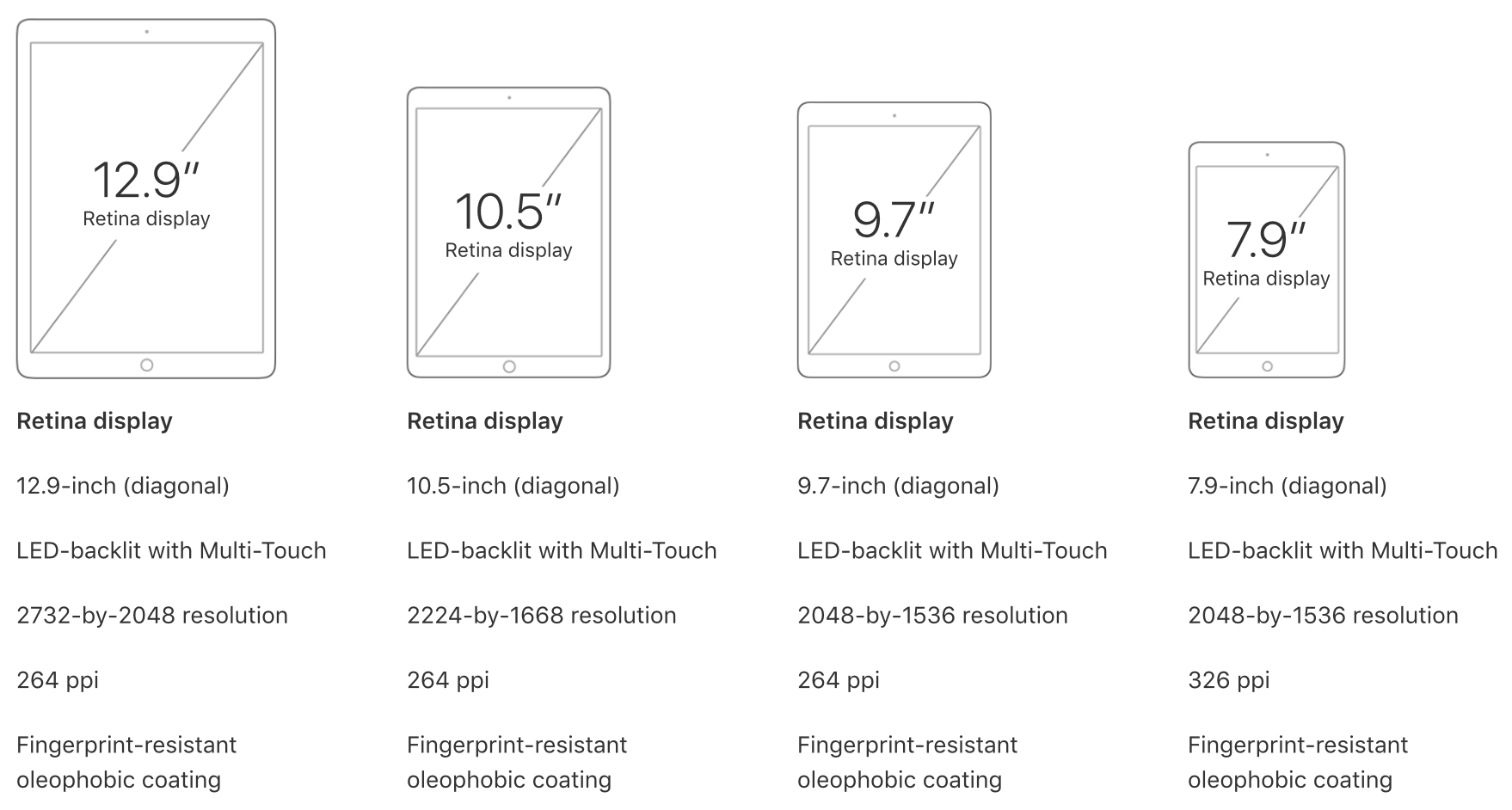
Rome was famously not built in a day. And we know now that at Apple, the iPad line-up was not intuitively streamlined until WWDC 2017. Factoring out the formative years of iPad shortly after its birth in 2010, too many incremental releases (e.g. iPad 3 to iPad 4 in the same year of 2012, also iPad Mini) and too much tinkering with suffixes in the name (Air, Pro, Mini, blank) had diluted and complicated the iPad brand, so much so that large numbers of customers must have struggled to stay on top of what’s the latest tablet product on Apple’s shelves.
By the same token, even if some customers were in the know about what the factual successor to their beloved iPad Air 2 is, most would understandably be hard pressed to remember which of Apple’s iPads is the most or least powerful in the mix, or how they all compare to each other in terms of pricing. That is of course besides all the other important product specifications (camera, Apple Pencil compatibility, etc.) every informed customer should be able to easily grasp for each iPad available, before ultimately pouncing for the most suitable choice. And regrettably up until mid 2017, Apple has not made any of that easy for us.
I would in fact go further and lament that it's been a sticky mess, lacking direction and - more reprehensibly - common sense.
Inconsistencies left right and centerI’m not going to bore you for long with the most questionable decisions of the past, such as the counterintuitive marketing language used between the ‘new iPad’ (iPad 3), the 'iPad with Retina Display' (iPad 4) and the subsequent iPad Air, or instances where iPad Minis eclipsed their bigger brothers in specs or numbers.
However what these examples do underscore is that the most recent case of Apple not being able to draw clear, differentiating lines between their different iPad categories is on no account unprecedented. Just consider this: not long ago, in March to be exact, Apple released their ‘new’ 9.7-inch iPad (no suffix) to a market until then sporting the 9.7-inch iPad Air 2 and the 9.7” iPad Pro. With that, prospects were asked to make sense of three (to the naked eye) identically looking iPads, all of which had a unique marketing slant and story to tell.
Add the iPad Mini 4 and the super sized 12.9” iPad Pro to the equation and it’s easy to see how Apple could have really dropped the ball at WWDC ’17 by adding insult to injury and introducing yet another brand new iPad, the smashing 10.5” iPad Pro. Thankfully, they did just about the opposite.
When all of a sudden everything stacks upInstead of presenting a historically inflated iPad line up, the 10.5-inch reveal was preceded by some serious purging actions behind the scenes. The result is beautiful, not just because the 9.7” ambiguity has been completely eliminated.
What’s more striking is that customers are now dealing with three iPad classes (Pro, Normal, Mini) and accordingly unique size offers for all three, unique prices for all three and even uniquely capable chips for all three. All criteria is arranged in an entirely intuitive order, namely descending from bigger to smaller, from more expensive to cheaper, from more powerful to more economic, in short: from Pro to Mini. It’s like Apple themselves got tired of the fuzzy product lines and decided to do a full one-eighty.
What you see is what you get now, meaning even the less techy customer is going to be able to remember that the big Pro iPads rock the most powerful chips (A10X) followed by the medium sized normal iPad (A9), which in turn has the lead over the physically smallest iPad Mini (A8). Gone are the days of an awkward A9X chip in the dead on arrival 9.7” iPad Pro, or other illogical decisions such as equipping one iPad Pro with a 12MP rear camera while the big brother has a sucky eight.
Today, the meaningful specs such as the chip or camera are aligned in descending order at 12 MP for all Pro iPads and 8 MP for the mid tier choice plus lower tier iPad Mini. It’s just disarmingly straightforward. Want the most storage? You’ll have to shoot for the physically biggest Pro category to get up to 512GB of storage. Want to try the least powerful iPad to test the water first? Grab the physically smallest iPad. Which iPads are Apple Pencil compatible? Only the ones bigger than the original iPad. Find the 9.7” size to be perfect? Good, you’re done, no need to choose between a 9.7-inch iPad Pro, iPad Air and iPad whatnot.
The logic behind this is painfully commonsensical, which begs the question why it took Apple so long to get there, but I am willing to forgive and forget. Water under the bridge, Apple, what matters is that we finally have clarity.
June 2017 has not only brought us spanking new iPads and a glimpse of an iPad-focussed iOS 11, but also finally clear product differentiation that will be easily replicable for experts and more importantly understandable to the average customer. In that vein, WWDC 17 could have been a watershed moment for the one product line Tim Cook has been so bullish about time and again. So please Apple, do not muck this up come November or at any other point in 2018, it took us long enough to get here.
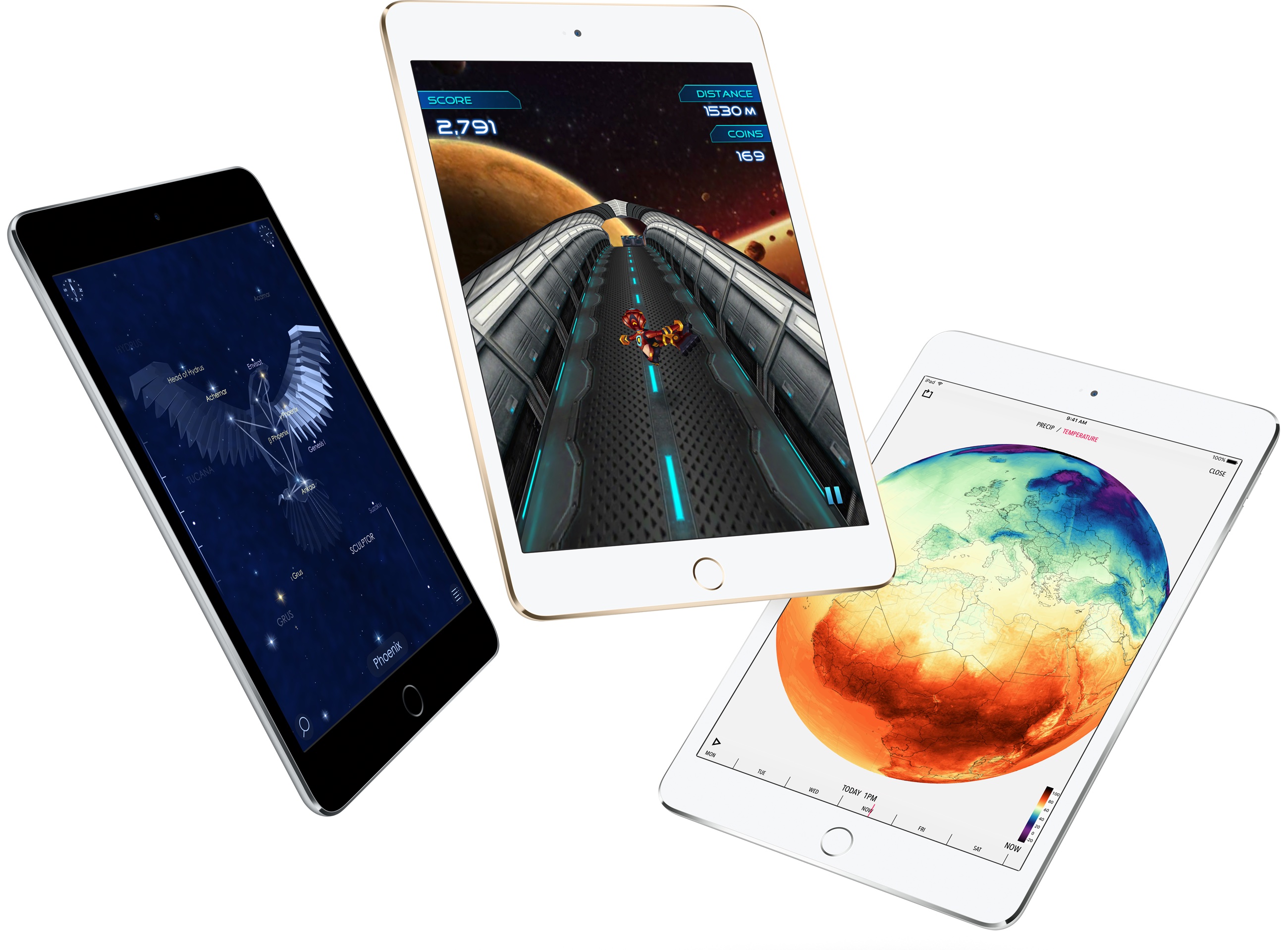
First introduced in 2012, Apple’s 7.9-inch iPad mini won't be updated going forward because the company is phasing out the device due to decreasing sales. A source close to the iPhone maker told BGR there’s “fierce cannibalism of Apple's own products” and that the iPad mini lineup has just been “sized out of its own category.”
The report does not detail when the device might be discontinued.
“We’re also told that the numbers are 'very clear' as far as sales are concerned, which is most likely the biggest reason the company plans to eliminate the littlest iPad,” reads the article.
Following the introduction of the new 9.7-inch iPad model in March 2017, Apple phased out both the original iPad mini and iPad Air 2 models.
Apple could unveil a new 10.5-inch iPad Pro at its annual developers conference next month. It's perfectly plausible that iPad mini won't be featured on Tim Cook's “2017 iPad lineup” slide.
The Cupertino company currently offers iPad mini 4 with Wi-Fi and 128 gigabytes of storage for $399. An LTE-enabled model goes for $529. Apple killed the 32-gigabyte iPad mini 4 edition after debuting the new 9.7-inch iPad model.
Japanese blog Mac Otakara claimed last October that Apple could release a fifth-generation iPad mini and market it as the 7.9-inch “iPad mini Pro.”
At any rate, iPad mini made a great choice for budget shoppers.
But with the September 2014 introduction of larger-screened iPhones, iPad mini has slowly but surely been losing its allure as a device that's perfectly suited for light tasks such as reading, checking email, browsing the web, gaming, messaging and so forth.
Should Apple discontinue iPad mini?
Post a comment below to let us know!

Apple today unveiled a new $329 9.7-inch tablet with a brighter, non-laminated Retina display and the A9 chip while discontinuing the 32-gigabyte edition of the fourth-generation iPad mini. At the same time, the Cupertino company has replaced the 32GB Wi-Fi iPad mini 4 model with a 128-gigabyte one priced at $399 for the Wi-Fi-only version, or $529 for the 128-gigabyte Wi-Fi + Cellular edition.
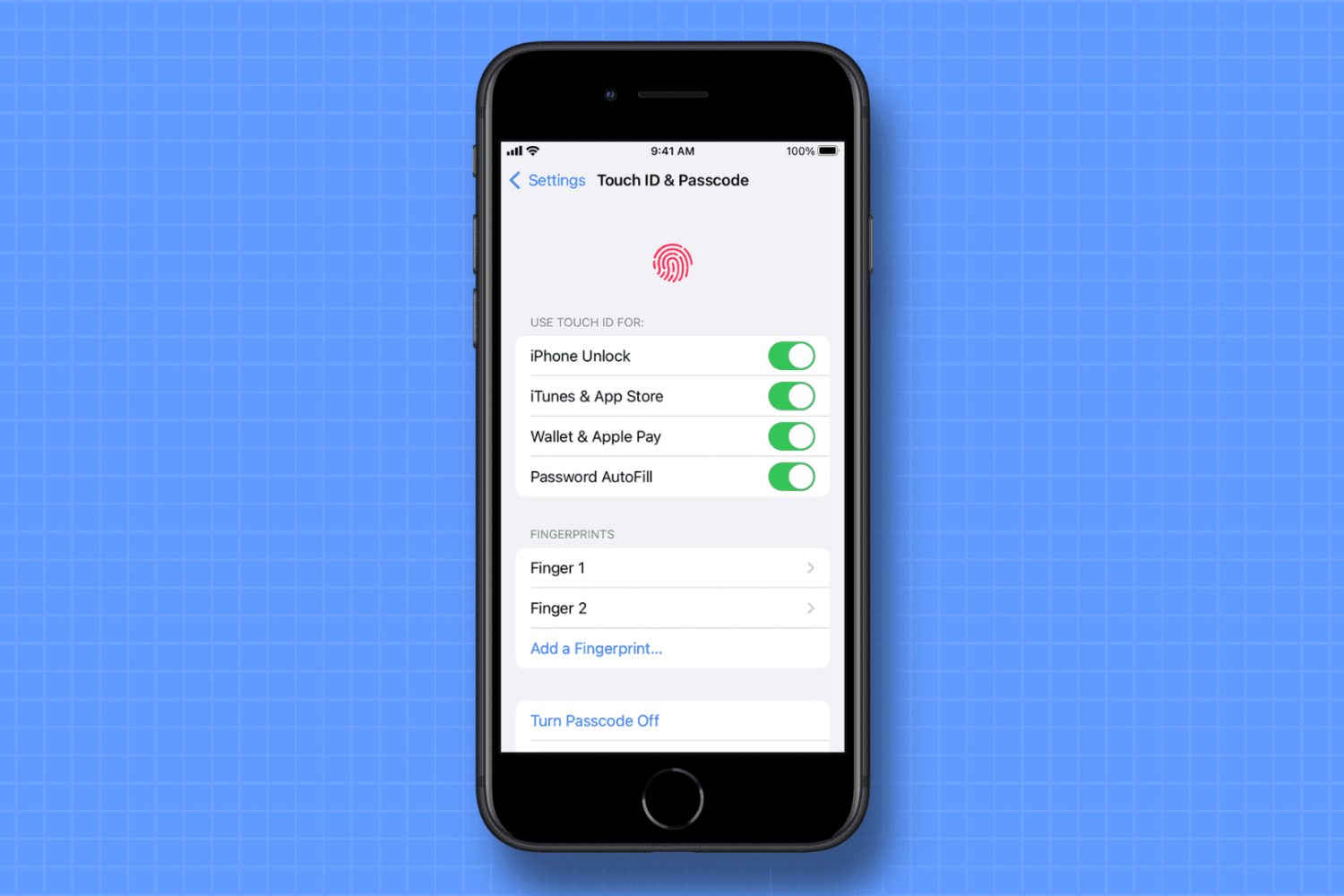
Have you ever wondered which thumbs or fingers you have added to Touch ID on your iPhone, iPad, or MacBook? In this quick tutorial, we will tell you how to rename your fingerprints so it's easy to identify them when needed.
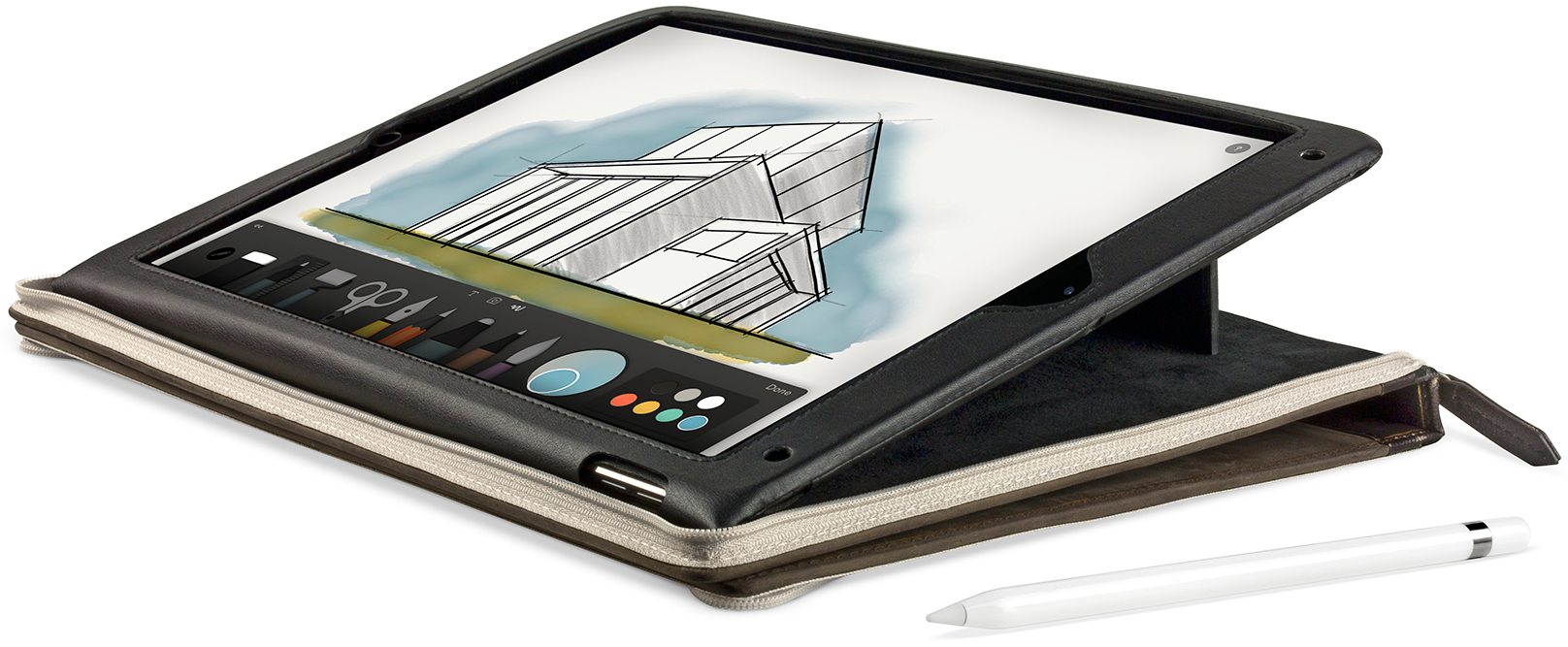
Premium, Apple-exclusive accessory maker Twelve South has refreshed its lineup of vintage leather cases that offer both protection and nice disguise with two new versions, one for the iPad Air 2 and the other for the iPad mini 4. In addition, the company has previewed a BookBook case for the iPad Pro, which will be shipping this Spring.
BookBook for iPad Pro will have “features that complete your iPad Pro,” including a display stand, a built-in sketching angle and an integrated pocket to protect and store your Apple Pencil.
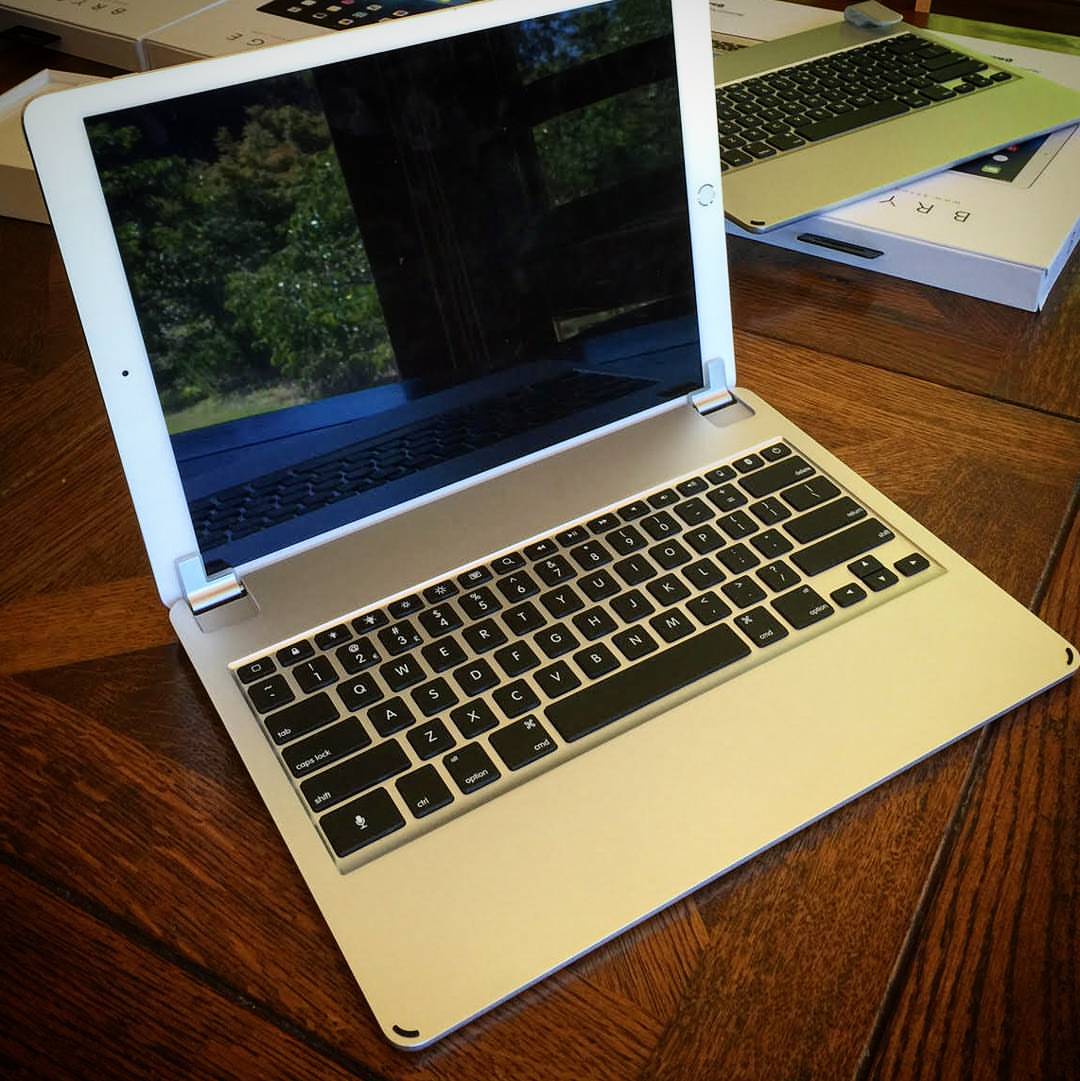
Accessory vendor Brydge launched at CES 2016 in Las Vegas a pair of brand new clamshell backlit keyboard cases for Apple's super-sized iPad Pro and the fourth-generation iPad mini.
Both the aluminum-clad $189 BrydgePro for iPad Pro and the $99 BrydgeMini for iPad mini 4 have rechargeable three-month batteries, sport backlit keys akin to those on MacBooks, offer Bluetooth connectivity and have a multi-angle hinge mechanism for folding them into a clamshell-like appearance.
The iPad Pro has just received what could be described as a killer app in the form of German developer Algoriddim's djay Pro, a brand new iPad-exclusive apps for both pro and aspiring DJs which launched this morning in the App Store.
Joining Algoriddim's existing djay Pro for Mac, djay 2 for iPhone and djay 2 for iPad apps, djay Pro for iPad replicates the productivity of its Mac counterpart with extensive support for more than 70 keyboard shortcuts and iOS 9's Split View and Slide Over multitasking modes.
More importantly, the software takes full advantage of the iPad Pro's A9X chip to deliver pristine sound quality, desktop-class performance and features like high-definition waveforms, four decks, and video mixing with 4K support—all in real-time and without ever skipping a beat.

According to wireless carrier T-Mobile Thursday, qualified customers can now pick up Apple's iPad Air 2 or the fourth-generation iPad mini by taking advantage of the company's 18-month leasing program, called JUMP! On Demand.
The baseline iPad Air 2 configuration with sixteen gigabytes of storage is available with $0 down and eighteen installments at $26 per month. The entry-level 16GB iPad mini 4 starts at $22 per month with $0 due upfront. Both devices are LTE models.
Google today pushed a small update to its Chrome mobile browser in the App Store. The new edition, officially bumped to version number 46.0.2490.73, brings support for iOS 9's new Split View multitasking mode on the iPad Air 2, iPad mini 4 and iPad Pro.
Moreover, Slide Over multitasking view and Picture-in-Picture video mode are supported in this Chrome edition as well. These are certainly welcomed additions for those of you who do a lot of research online as you can now browse the web with Chrome and run another app like Notes side-by-side.